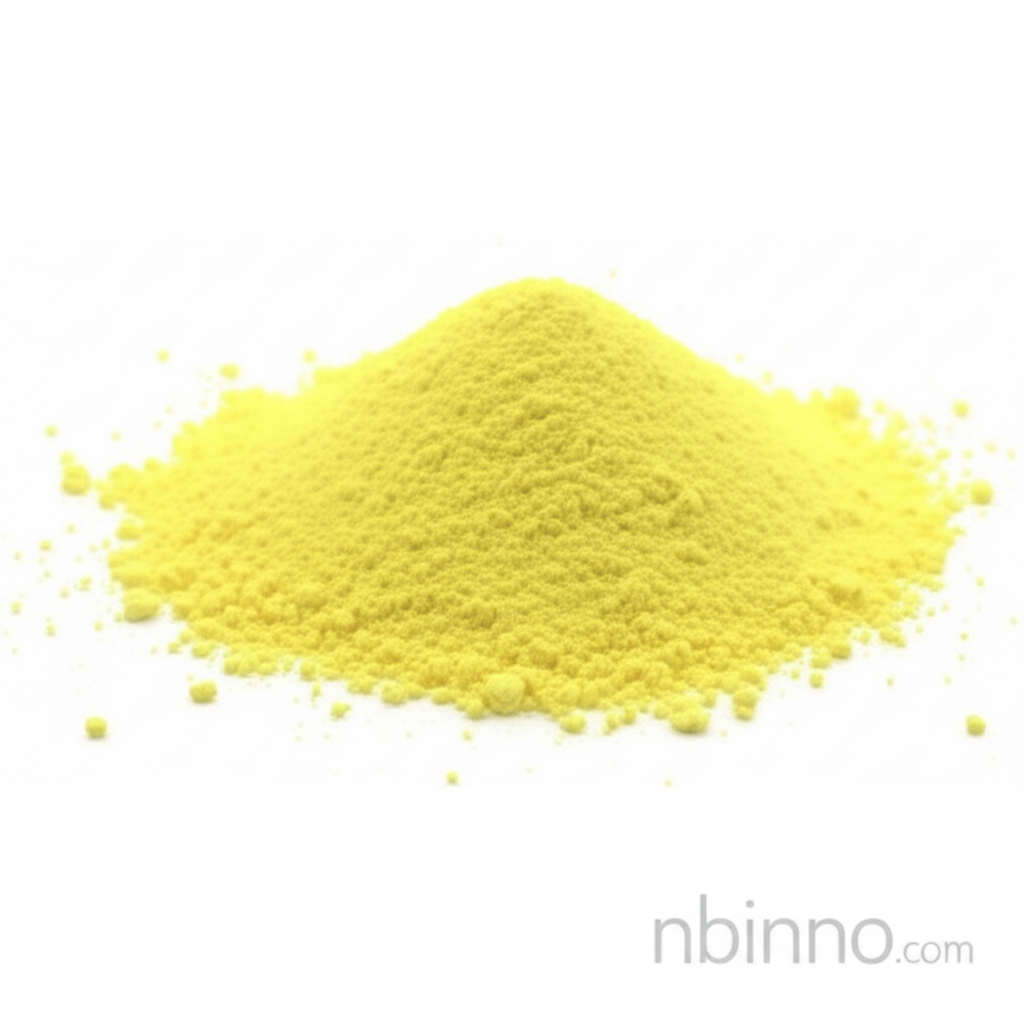Dihydrogen Hexahydroxyplatinate(IV): Key Applications in Catalysis and Materials Science
Unlock the potential of platinum chemistry with Dihydrogen Hexahydroxyplatinate(IV), a versatile compound for advanced research.
Get a Quote & SampleProduct Core Value

Dihydrogen Hexahydroxyplatinate(IV)
Dihydrogen hexahydroxyplatinate(IV) is a platinum-based chemical compound highly regarded for its versatility and critical role in various scientific and industrial applications. Its exceptional properties make it a valuable asset in the development of advanced materials and efficient chemical processes.
- As a crucial platinum compound in electrochemistry, it enhances energy efficiency and performance in sensors and batteries.
- Its use in catalysis, particularly in organic synthesis, significantly improves reaction rates and product yields.
- Researchers utilize this compound for the synthesis of platinum nanoparticles, vital for drug delivery systems and targeted therapies.
- It plays a role in wastewater treatment, aiding in the removal of heavy metals and contaminants.
Advantages Offered by the Product
Enhanced Catalytic Activity
Leveraging Dihydrogen hexahydroxyplatinate(IV) as a catalyst precursor in organic synthesis leads to improved reaction kinetics and higher yields, making it essential for efficient chemical transformations.
Superior Electrochemical Properties
The compound's stability and conductive properties are highly beneficial in electrochemical applications like fuel cells and sensors, contributing to better energy conversion and detection capabilities.
Versatility in Material Science
Its adaptability allows for the development of advanced materials, including conductive polymers and nanostructures, pushing the boundaries in electronics and photonics.
Key Applications
Catalysis
This compound serves as a key catalyst precursor in various chemical reactions, especially in organic synthesis, boosting reaction rates and improving yields, a critical aspect of catalysis in organic synthesis.
Electrochemistry
Used in the development of electrochemical sensors and batteries, its unique properties contribute to improved energy efficiency and performance, aligning with needs in electrochemistry for energy storage.
Nanotechnology
Researchers employ this compound for synthesizing platinum nanoparticles, which have applications in drug delivery systems and targeted therapies, a key area for platinum nanoparticles in nanomedicine.
Materials Science
The compound is used in creating advanced materials, such as conductive polymers and coatings, essential for electronics and renewable energy technologies, supporting advanced materials synthesis and applications.
